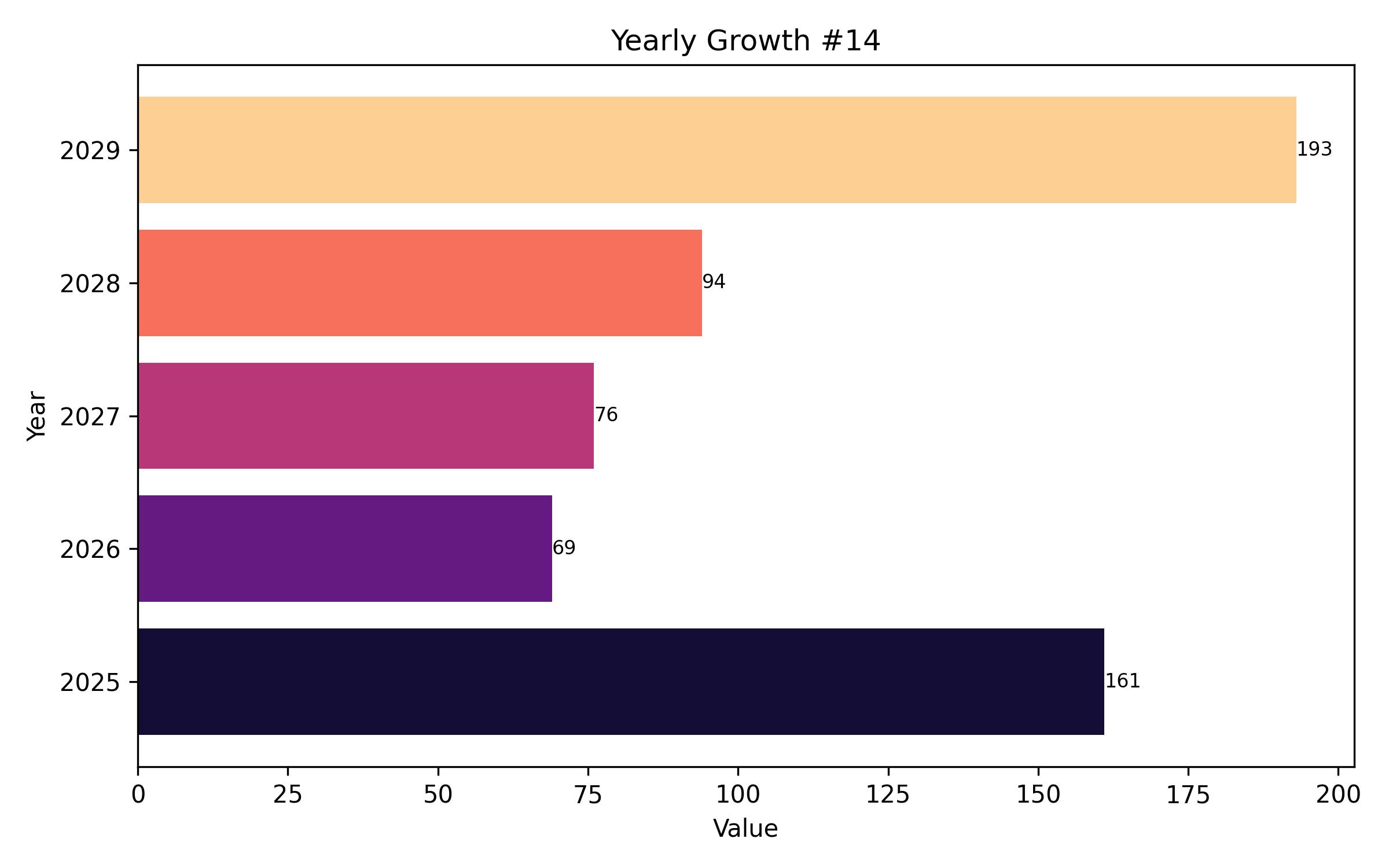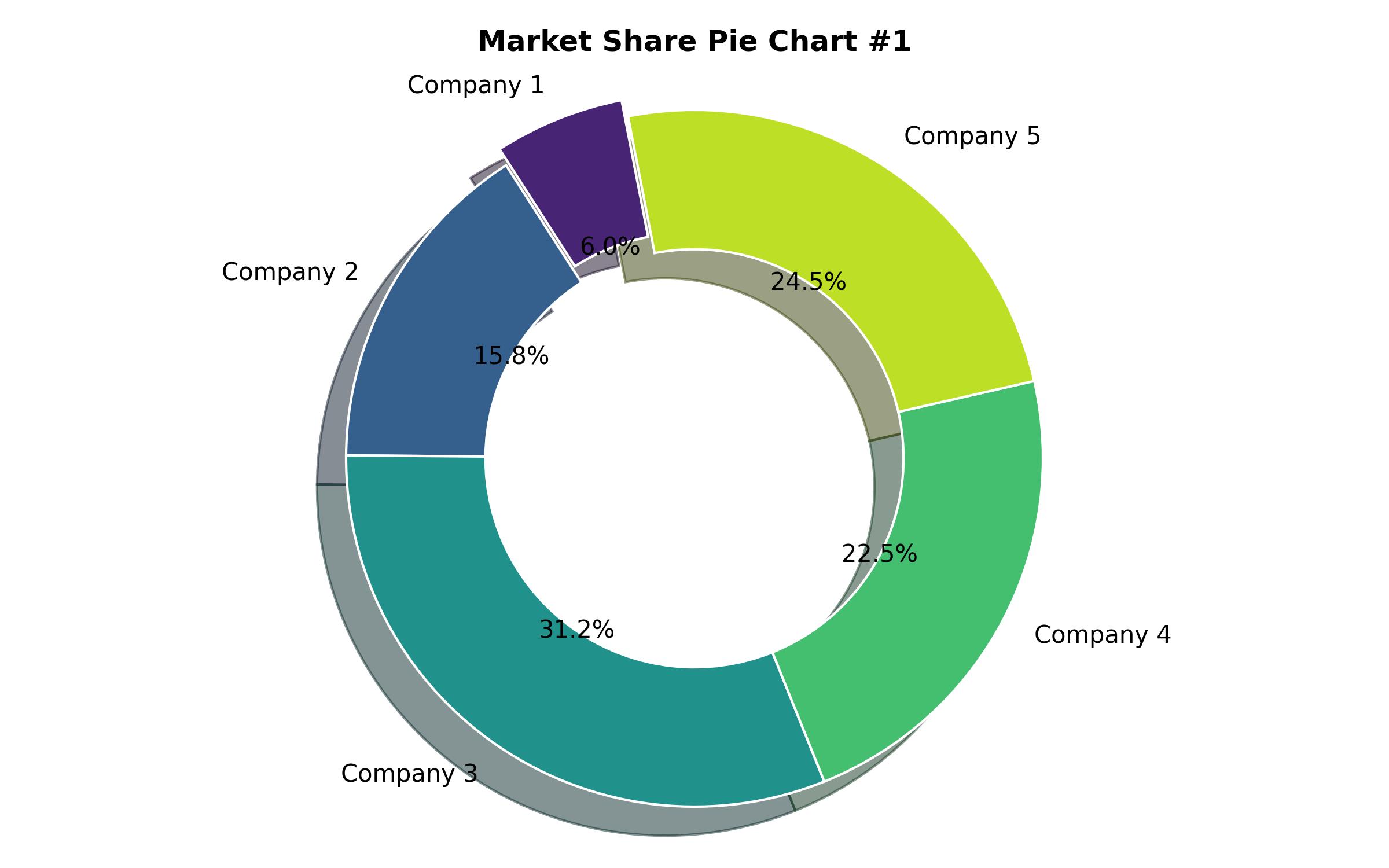Industrial Fractional Horsepower Motors Market Analysis by End-user and Region: Forecast for 2025 to 2035
Overview:
The industrial fractional horsepower (FHP) motors market is poised for notable expansion, with projections indicating sustained growth over the coming decade. In 2025, the market is anticipated to reach a valuation of USD 11.84 billion, propelled by increasing demand across diverse sectors. A compound annual growth rate (CAGR) of 5.2% is expected from 2025 to 2035, culminating in a market size of approximately USD 19.66 billion by 2035. This growth trajectory reflects the critical role FHP motors play in various industrial applications, enhancing operational efficiency and productivity.
The escalating demand for energy-efficient motors, stringent regulatory standards, and technological advancements are major factors driving market growth. FHP motors are essential components in numerous devices and systems, contributing to overall performance and reliability. Innovations in motor design and materials further enhance their appeal and utility across different sectors.
Regionally, North America, Europe, Asia Pacific, Latin America, and the Middle East & Africa (MEA) are key markets, each exhibiting unique growth dynamics. Countries such as the United States, China, Germany, and India are at the forefront of market expansion. These regions benefit from robust industrial activity and increasing investments in automation.
The competitive landscape is characterized by the presence of leading companies that are continuously innovating and expanding their product offerings. These companies focus on developing advanced FHP motors that meet the evolving needs of various end-users. Strategic collaborations and acquisitions also contribute to maintaining a competitive edge in the market.
Sustainability and environmental concerns are increasingly influencing market trends, with a growing emphasis on energy-efficient and eco-friendly motor solutions. This shift towards sustainability is expected to further drive innovation and adoption of advanced FHP motors. The market’s future growth is closely tied to the ongoing advancements in technology and the increasing demand for efficient and reliable motor systems.
The industrial sector’s continuous need for enhanced automation and process optimization will continue to fuel the growth of the FHP motors market. As industries worldwide adopt smart technologies and seek to improve operational efficiency, the demand for advanced and reliable FHP motors will undoubtedly rise, ensuring sustained market expansion in the coming years.

Year On Year Growth Chart
“`html
| Report Attribute | Details |
|---|---|
| Market Size in 2025 | USD 11.84 billion |
| Revenue Forecast for 2035 | USD 19.66 billion |
| Growth Rate (CAGR) | 5.2% from 2025 to 2035 |
| Base Year for Estimation | 2024 |
| Historical Data | 2020 – 2024 |
| Forecast Period | 2025 – 2035 |
| Quantitative Units | Revenue in USD million/billion and CAGR from 2025 to 2035 |
| Report Coverage | Revenue forecast, company market share, competitive landscape, growth factors, and trends |
| Covered Segments | End-user and region |
| Regional Scope | North America, Europe, Asia Pacific, Latin America, MEA |
| Country Scope | U.S., Canada, Mexico, U.K., Germany, Italy, Poland, China, India, Japan, Australia, South Korea, Brazil, UAE, KSA, South Africa |
| Key Companies Analyzed | ABB Ltd.; Siemens AG; WEG S.A.; Nidec Corporation; Regal Rexnord Corporation; Allied Motion Technologies Inc.; Franklin Electric Co., Inc.; Ametek Inc.; Baldor Electric Company; TEC Electric Motors |
| Customization Options | Free report customization (up to 8 analysts working days) with purchase. Changes to country, regional, and segment scope |
| Pricing and Purchase Options | Customizable purchase options for tailored research needs |
“`

Key Companies Market Share
Report Coverage & Deliverables
- Market Trends And Dynamics
- Competitve Benchmarking
- Historical data and forecasts
- Value/Volume analysis
- Company revenue shares and key strategies
- Regional opportunities
This is an indicative segmentation. Please request a sample report to see detail segmentation of this market.
Detailed Market Segmentation
- By End-user
- Residential
- Commercial
- Industrial
- Agriculture
- Automotive
- By Motor Type
- AC Motors
- DC Motors
- Universal Motors
- Brushless DC Motors
- Stepper Motors
- By Application
- Pumps
- Fans
- Compressors
- Conveyors
- Power Tools
- HVAC Systems
- By Region
- North America (U.S., Canada, Mexico)
- Europe (U.K., Germany, France, Italy, Spain)
- Asia-Pacific (China, India, Japan, South Korea, Australia)
- Latin America (Brazil, Argentina, Colombia)
- Middle East & Africa (MEA) (UAE, Saudi Arabia, South Africa)
Table of Content
- Executive Summary
- Market Definition and Scope
- Research Methodology
- Market Dynamics
- Drivers
- Restraints
- Opportunities
- Challenges
- Industrial Fractional Horsepower Motors Market Analysis by End-user, 2025-2035
- Residential
- Commercial
- Industrial
- Agriculture
- Automotive
- Industrial Fractional Horsepower Motors Market Analysis by Motor Type, 2025-2035
- AC Motors
- DC Motors
- Universal Motors
- Brushless DC Motors
- Stepper Motors
- Industrial Fractional Horsepower Motors Market Analysis by Application, 2025-2035
- Pumps
- Fans
- Compressors
- Conveyors
- Power Tools
- HVAC Systems
- Industrial Fractional Horsepower Motors Market Analysis by Region, 2025-2035
- North America
- Europe
- Asia-Pacific
- Latin America
- Middle East & Africa
- North America Industrial Fractional Horsepower Motors Market Analysis, 2025-2035
- U.S.
- Canada
- Mexico
- Europe Industrial Fractional Horsepower Motors Market Analysis, 2025-2035
- U.K.
- Germany
- France
- Italy
- Spain
- Asia-Pacific Industrial Fractional Horsepower Motors Market Analysis, 2025-2035
- China
- India
- Japan
- South Korea
- Australia
- Competitive Landscape
- ABB Ltd.
- Siemens AG
- WEG S.A.
- Nidec Corporation
- Regal Rexnord Corporation
- Key Company Profiles
- Company Overview
- Financial Performance
- Product Portfolio
- Strategic Initiatives
- Market Trends and Developments
- Regulatory Framework
- Future Outlook and Opportunities
- Assumptions and Limitations
